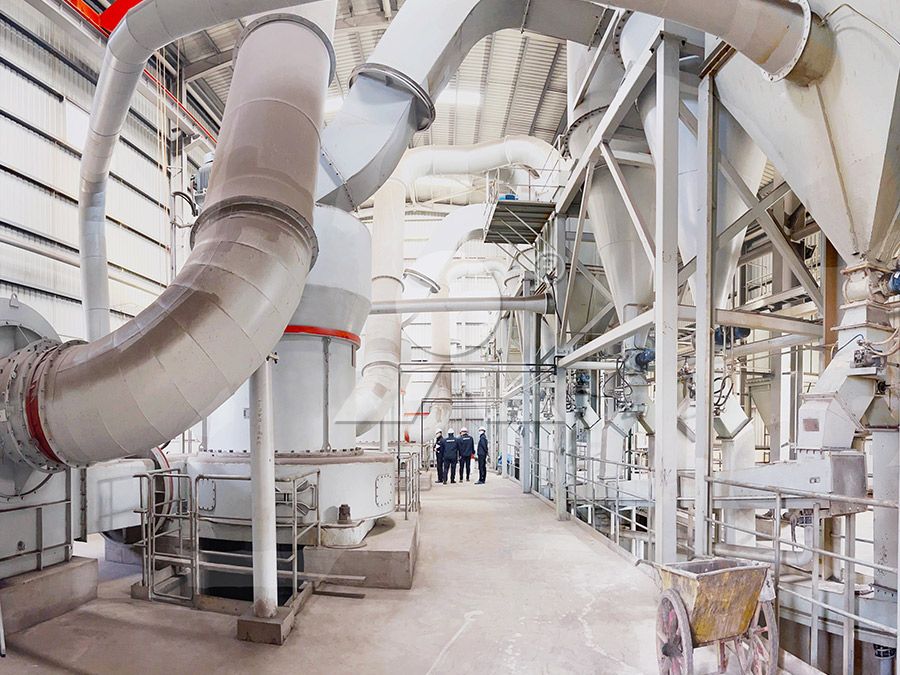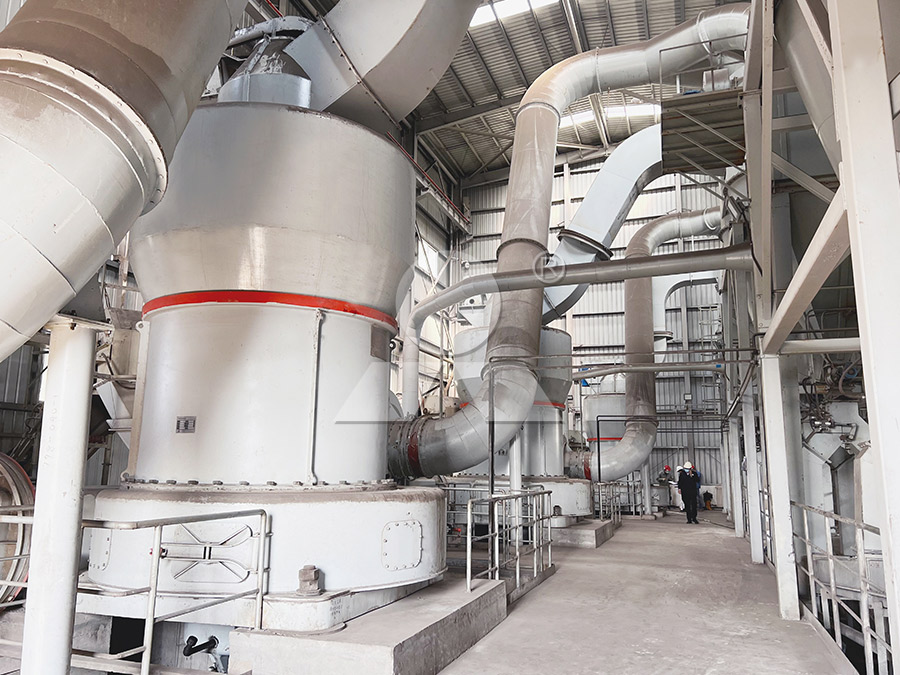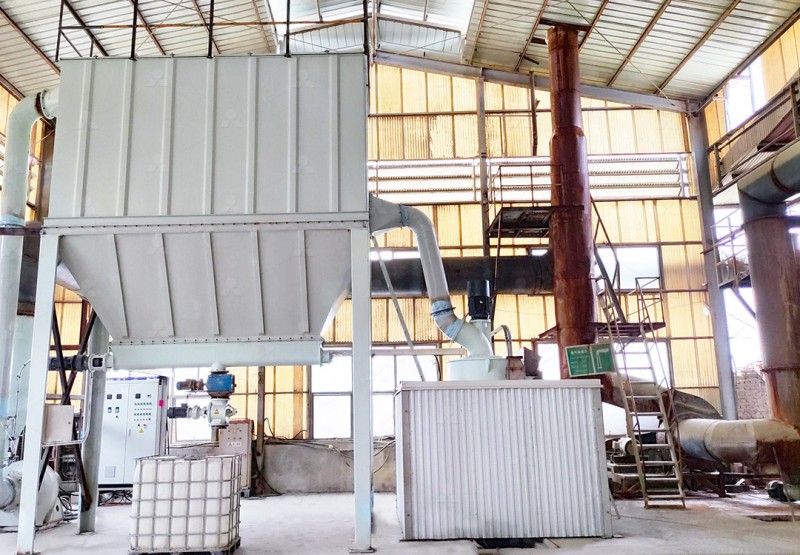25 Mesh Brucite Grinding Mill: Selection and Process Guide
25 Mesh Brucite Grinding Mill: Selection and Process Guide
Brucite, a mineral form of magnesium hydroxide, requires specialized grinding equipment to achieve optimal particle size distribution at 25 mesh (approximately 600-700 microns). Selecting the appropriate grinding mill is crucial for maximizing productivity, minimizing energy consumption, and ensuring consistent product quality. This guide explores the key considerations for brucite processing and recommends suitable mill technologies.
Understanding Brucite Grinding Requirements
Brucite possesses a Mohs hardness of 2.5-3.0, making it relatively soft but requiring careful handling to prevent over-grinding and maintain its unique platelet structure. The target fineness of 25 mesh represents a coarse to medium grind, commonly used in flame retardant applications, magnesium oxide production, and environmental remediation.
Key factors influencing mill selection include:
- Feed size distribution (typically 0-20mm for primary crushed material)
- Moisture content (affecting drying requirements)
- Production capacity requirements
- Desired particle shape and size distribution
- Energy efficiency targets
- Environmental compliance needs

Mill Technology Options for Brucite Processing
Several grinding technologies can achieve 25 mesh brucite powder, each with distinct advantages:
Vertical Roller Mills
Vertical mills integrate grinding, drying, and classification in a single unit, offering excellent energy efficiency for medium to large-scale operations. Their compact footprint and ability to handle moist materials make them particularly suitable for brucite processing facilities with space constraints.
European Trapezium Mills
These mills provide reliable performance for medium-fine grinding applications. With advanced powder concentrators and efficient grinding curves, they deliver consistent product quality with relatively low operating costs.
Raymond Mills
As a traditional choice for mineral processing, Raymond mills offer simplicity and reliability for brucite grinding at 25 mesh. While less energy-efficient than newer technologies, they remain popular for smaller operations or budget-conscious projects.

Recommended Solution: MW Ultrafine Grinding Mill
For brucite processing operations requiring flexibility, efficiency, and consistent product quality at 25 mesh, we strongly recommend our MW Ultrafine Grinding Mill. This advanced mill system combines several technological innovations that make it ideally suited for brucite applications.
The MW Series handles input sizes up to 20mm with capacities ranging from 0.5 to 25 tph, perfectly matching typical brucite processing requirements. Its unique design features include:
- Higher Yielding, Lower Energy Consumption: Specially designed grinding curves enhance efficiency, delivering 40% higher capacity than jet mills and twice the output of ball mills with only 30% of the energy consumption of jet milling systems.
- Adjustable Fineness: The German-technology cage-type powder selector allows precise control from 325 to 2500 meshes, ensuring perfect optimization for 25 mesh production.
- Eco-friendly Operation: Integrated pulse dust collectors and noise reduction systems maintain clean, quiet operation compliant with environmental standards.
- Maintenance-friendly Design: The absence of rolling bearings and screws in the grinding chamber eliminates common failure points, while external lubrication enables 24-hour continuous operation.
For operations requiring higher throughput or integrated drying capabilities, our LUM Ultrafine Vertical Grinding Mill presents an excellent alternative, handling 5-18 tph with input sizes up to 10mm and incorporating the latest grinding roller and powder separating technologies.
Process Optimization Tips
To maximize brucite grinding efficiency at 25 mesh:
- Pre-crush feed material to consistent 0-15mm size
- Maintain stable feed rates to prevent mill overload
- Monitor grinding pressure and adjust according to material characteristics
- Regularly inspect grinding elements for wear
- Optimize classifier speed for target particle distribution

Frequently Asked Questions
What is the typical energy consumption for grinding brucite to 25 mesh?
Energy consumption varies by mill type, but our MW Ultrafine Grinding Mill typically consumes 30-50% less energy than conventional mills for the same output at 25 mesh fineness.
Can the same mill handle different mineral types?
Yes, both the MW and LUM mills are designed for multi-mineral applications. With proper cleaning between runs and minor adjustments to operating parameters, they can efficiently process various non-metallic minerals beyond brucite.
What maintenance intervals should we expect?
The MW Series requires minimal maintenance thanks to its innovative design without internal bearings or screws. Typical maintenance involves quarterly inspections and annual replacement of wear parts depending on operating hours and material abrasiveness.
How does moisture content affect grinding efficiency?
Higher moisture can reduce throughput and increase energy consumption. For materials exceeding 5% moisture, consider mills with integrated drying capabilities or pre-drying systems.
What safety features are incorporated?
Our mills include multiple safety systems: explosion-proof designs, pressure relief valves, temperature monitoring, and automatic shutdown protocols for abnormal conditions.
